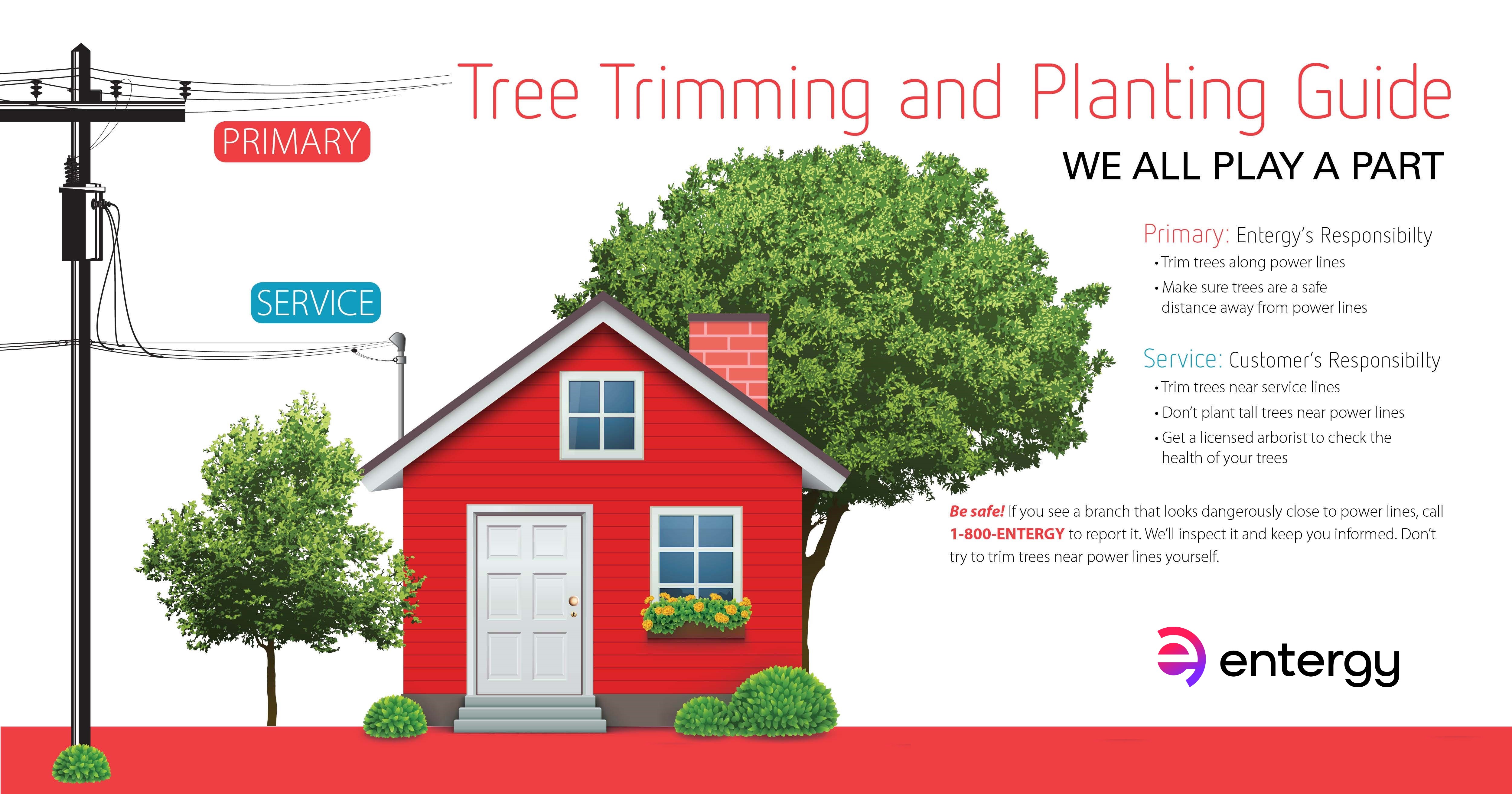Post-Tree Removal Treatment Plays A Substantial Role In Landscape Repair; Explore Essential Steps To Boost Your Surroundings And Mitigate Future Concerns
Post-Tree Removal Treatment Plays A Substantial Role In Landscape Repair; Explore Essential Steps To Boost Your Surroundings And Mitigate Future Concerns
Blog Article
How To Remove Tree Sap From Car -Hinrichsen Mejia
After a tree's removal, your landscape might look quite various, and it's essential to examine the consequences very carefully. You'll wish to assess the soil disruption and inspect bordering plants for any type of signs of stress and anxiety. Ignoring these variables can bring about bigger issues down the line. So, what should How Much Does It Cost To Remove A Tree perform with those stumps and roots? And exactly how do you pick the best plants for your rejuvenated area? Allow's discover these vital steps.
Analyzing the Results: Evaluating Your Landscape
After a tree elimination, it's important to evaluate your landscape to recognize the effect it has on your yard.
Start by checking out the location where the tree stood. Look for indications of soil disturbance, and check the surrounding plants for any kind of stress or damage.
You need to additionally take note of just how the elimination has actually changed sunlight direct exposure and air movement in your garden. This change can affect the growth of close-by plants, so it's important to review their health.
Take into consideration the visual facets too; the elimination may create an open space that you can revamp.
Ultimately, consider any type of prospective disintegration problems that could arise from the tree's lack. Dealing with these variables early will assist restore equilibrium to your landscape.
Taking care of Stumps and Roots: Choices for Elimination
When you've analyzed the consequences of the tree removal, you'll likely require to tackle the stump and origins left behind.
You have a couple of choices for elimination. One reliable approach is stump grinding, where an expert makes use of a device to grind the stump to below ground level. This approach leaves marginal disturbance to your landscape.
If you prefer a do it yourself method, you can use a combination of excavating and chemical stump removers. Just remember, this procedure can take time and effort.
Alternatively, think about leaving the stump as an all-natural feature, which can serve as a distinct yard element or environment for wildlife.
Whatever you select, addressing the stump and origins is essential for recovering your landscape.
Picking the Right Plants for Your New Area
As you assess your newly cleared space, picking the right plants can considerably enhance your landscape's appeal and performance.
Start by taking into consideration the sunshine and dirt conditions. For warm areas, opt for drought-resistant plants like lavender or succulents. In shaded places, ferns and hostas prosper well.
Think of the dimension and growth behaviors of your plants; mix perennials and annuals for seasonal range. Don't neglect to incorporate native varieties; they require less upkeep and support regional wildlife.
Group plants in odd numbers for a more all-natural appearance and create layers for aesthetic depth.
Ultimately, guarantee you have a mix of colors and structures to keep your landscape vibrant throughout the periods.
Delighted growing!
Final thought
To conclude, restoring your landscape after tree elimination is a rewarding procedure. By assessing the after-effects, attending to stumps and origins, and selecting the right plants, you'll create a successful setting. Do not forget to include disintegration control steps to protect your soil. With a little initiative and care, you can change your area right into a vibrant yard that enhances your residential property. Embrace the possibility to renew your landscape and delight in the elegance of nature right in your backyard!
